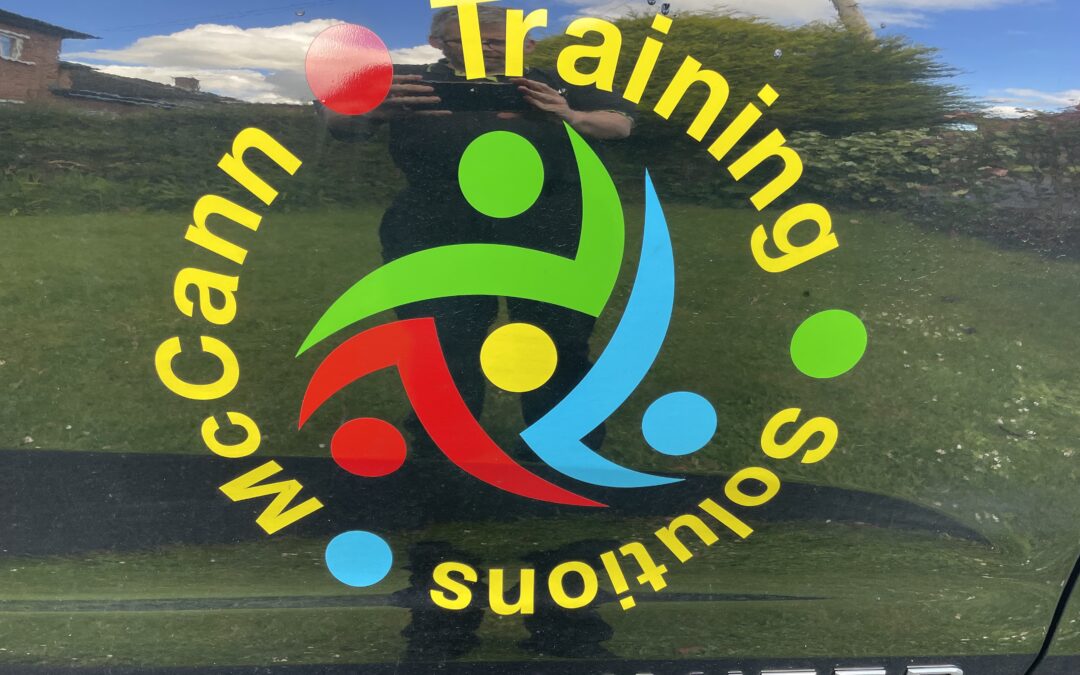What Is Adult Cardio Pulmonary Resuscitation?
When the heart stops working (cardiac arrest) the lungs will follow suit (respiratory arrest). So there is a symbiont relationship between the two systems, what affects one will affect the other. Adult Cardio Pulmonary Resuscitation (CPR) is a combination of 2 practical skills, this includes chest compressions and rescue breaths. Because of the complexity of the human body there are two different approaches when dealing with adults.
Compressions in Adult Cardio Pulmonary Resuscitation
Technique to compressions is vital, incorrect placement will lead to ineffective compressions. So place one hand down on the centre of the patients chest, due to the hearts location. The other hand goes on top and with fingers pointing away from you. So if compressions are not deep enough there will insufficient blood pumped around the body. If the rise and rate is not enough inadequate volume will not brought into the heart. So to achieve the correct rhythm you need to aim for a rate of 100-120 compressions a minute. Achieving 30 compressions per cycle each action squeezes the heart like a sponge under water. Because the sponge is squeezed it needs to be released, this absorbs more blood into the heart.
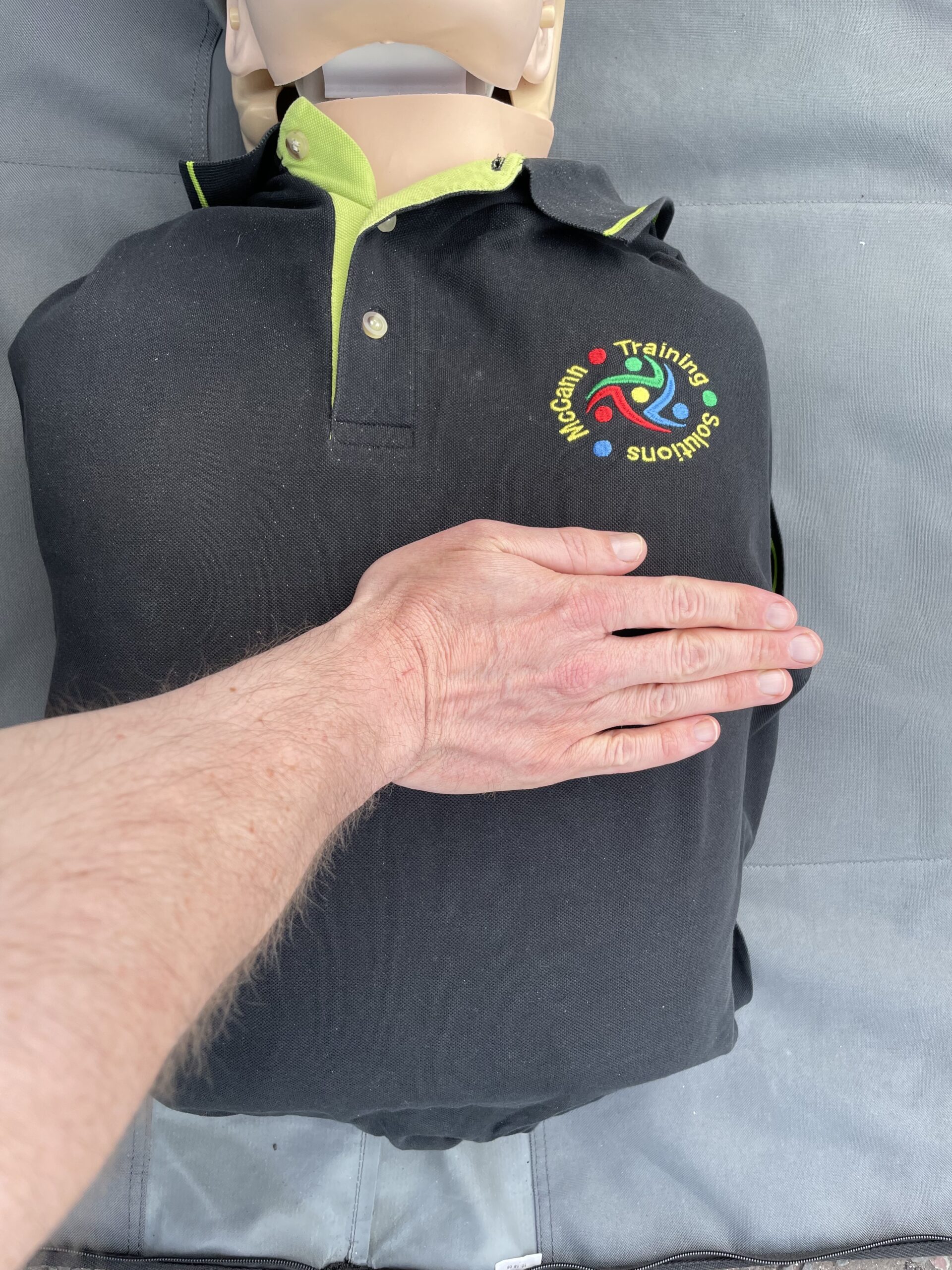
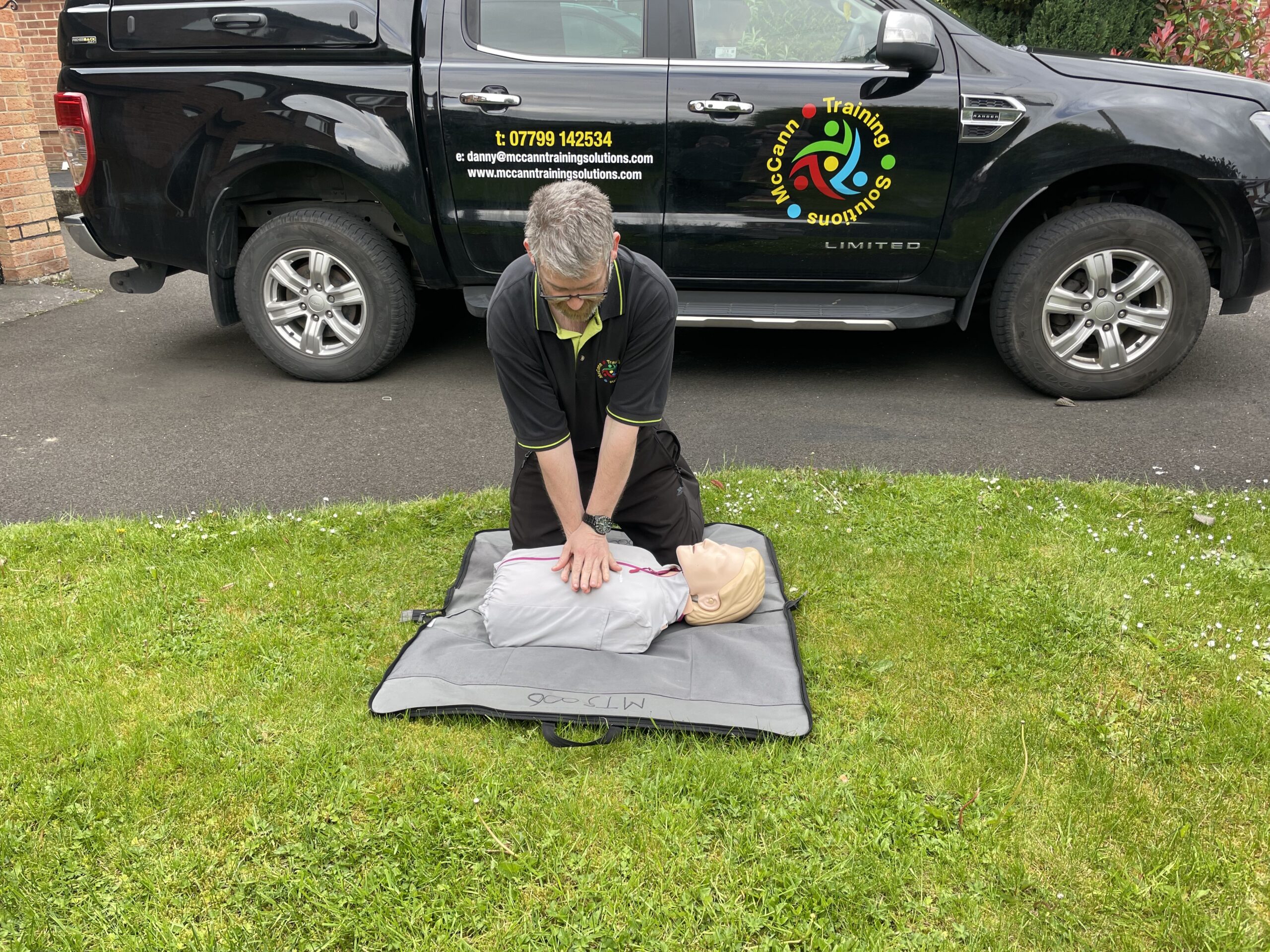
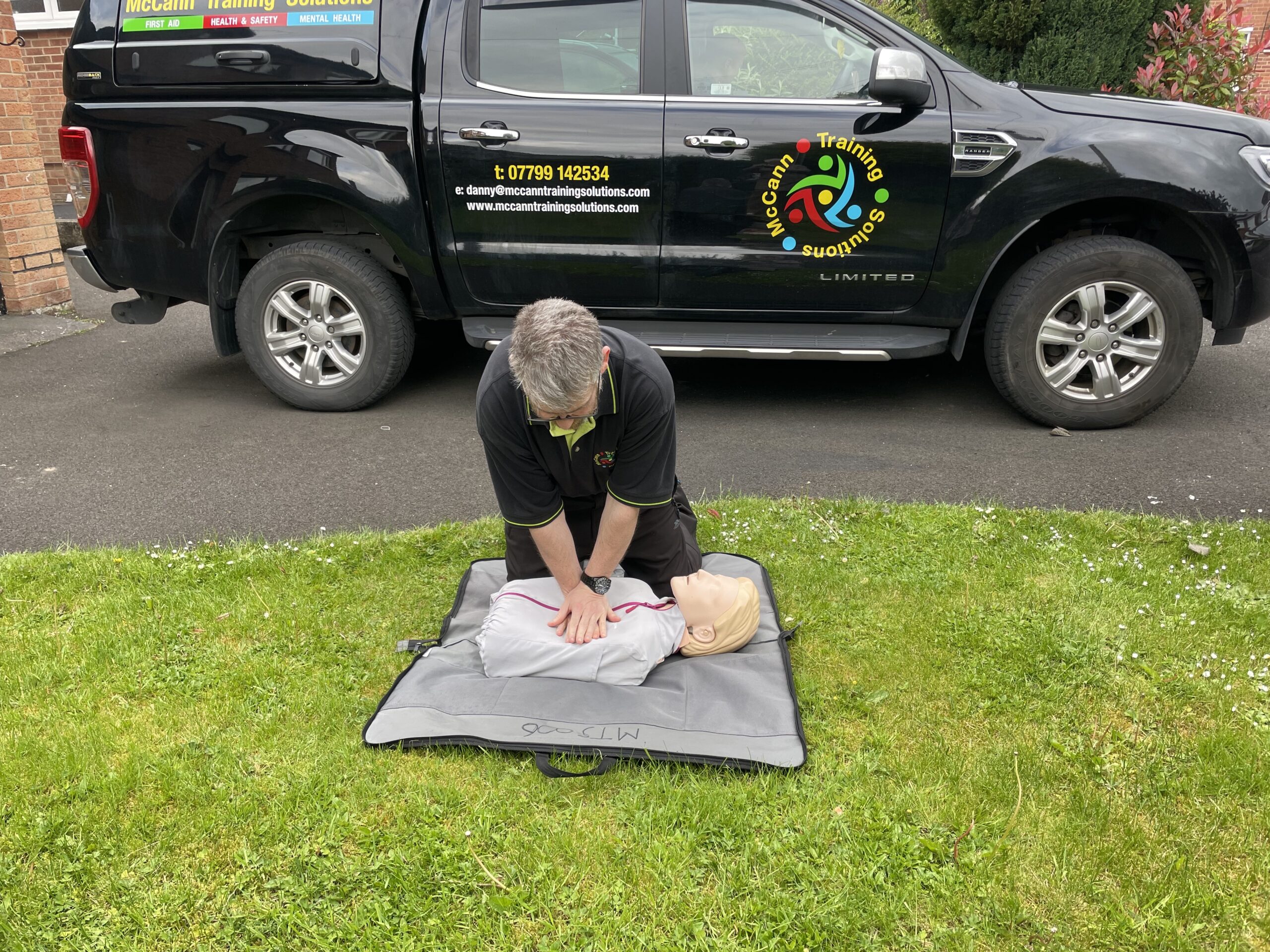
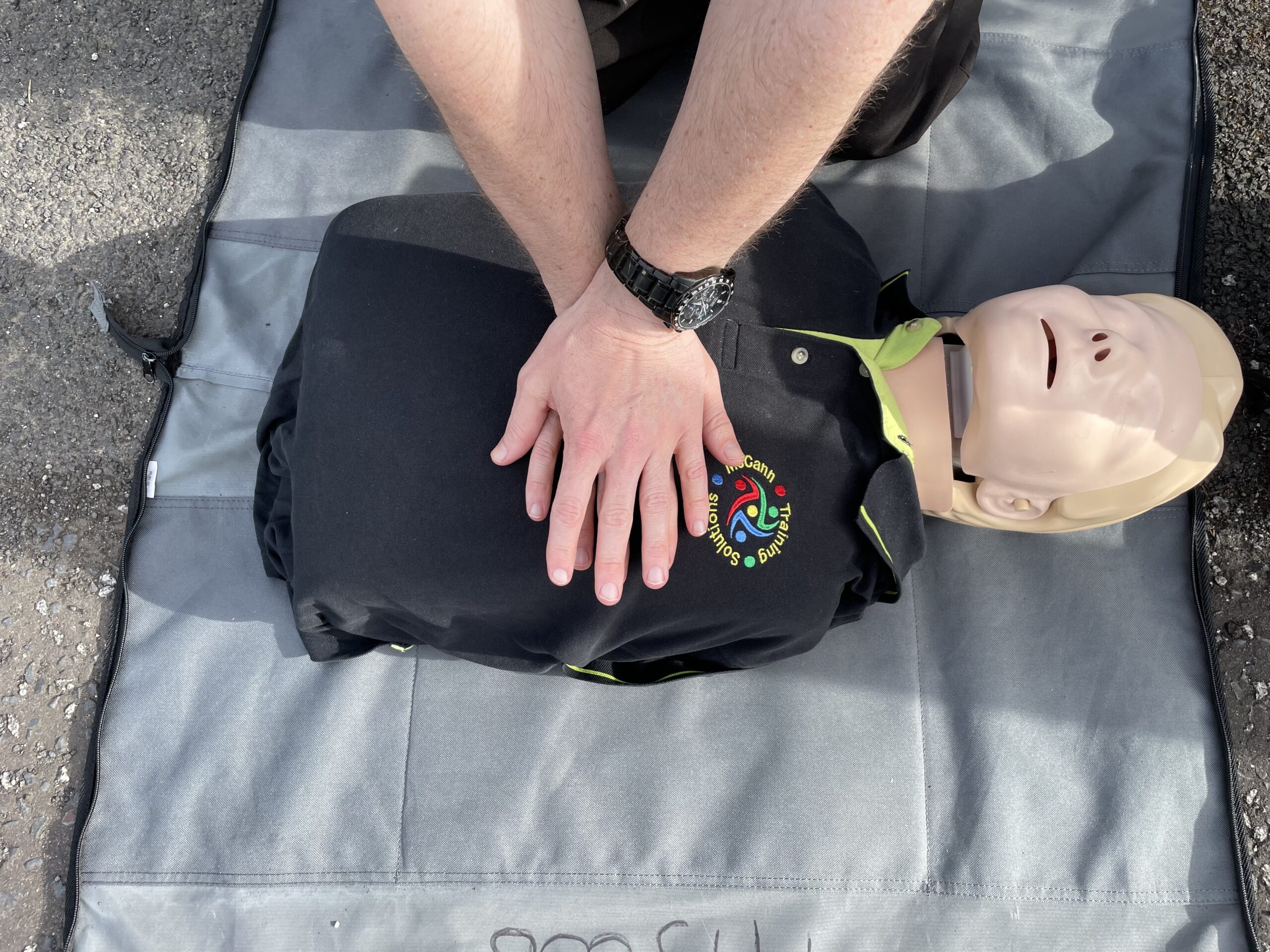
Rescue Breaths in Adult Cardio Pulmonary Resuscitation
Rescue breaths are administered twice in the CPR cycle. the purpose of the procedure is to oxygenate the body. It is essential however that the technique is correct. To achieve this you must pinch the patient’s nose tightly, lifting their chin underneath with two fingers extend the jaw upwards. Sealing your mouth around theirs blow in gently into the patient’s mouth, this will inflate their lungs. Do this a second time allowing the chest to fall between breaths.
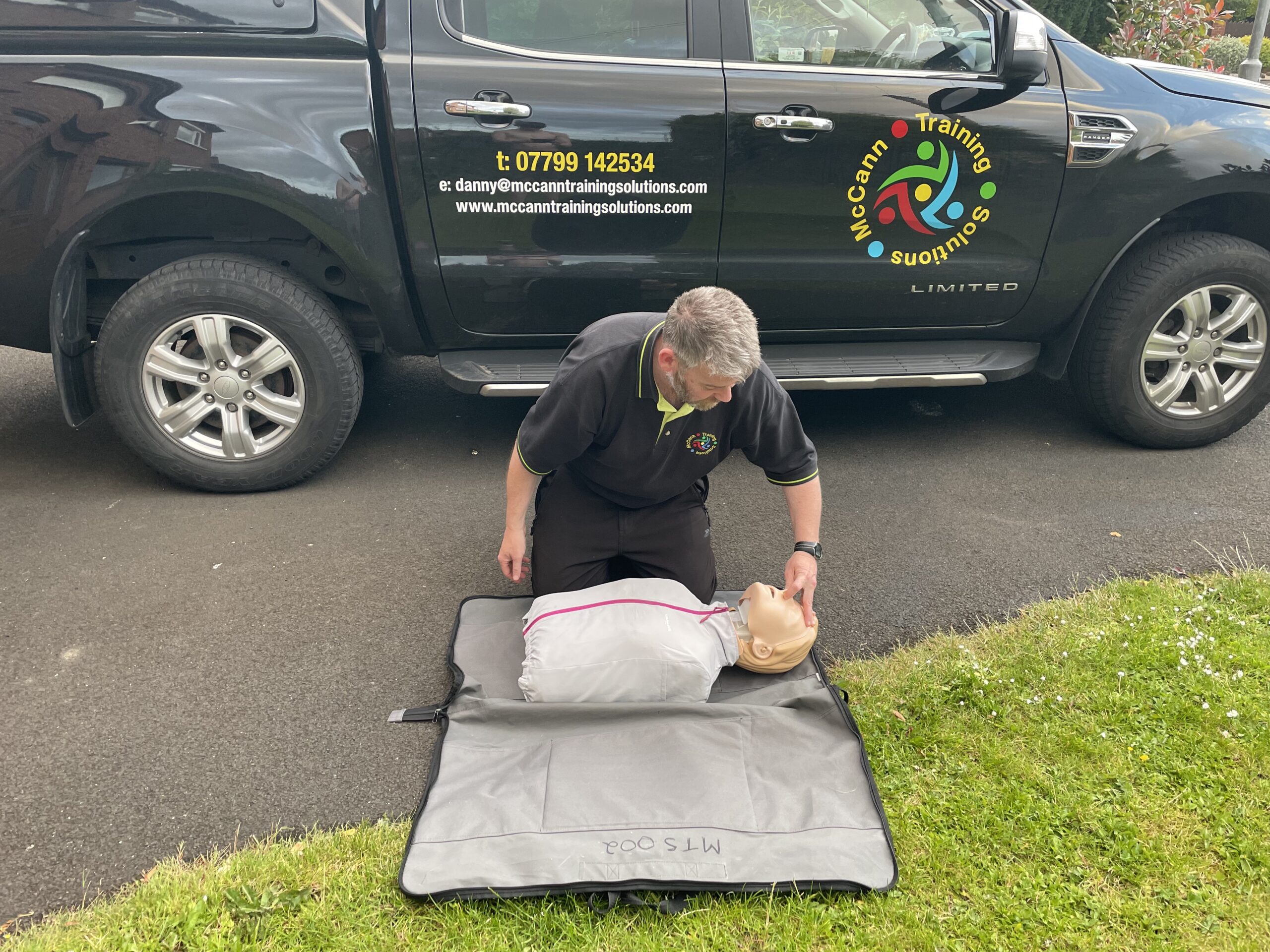
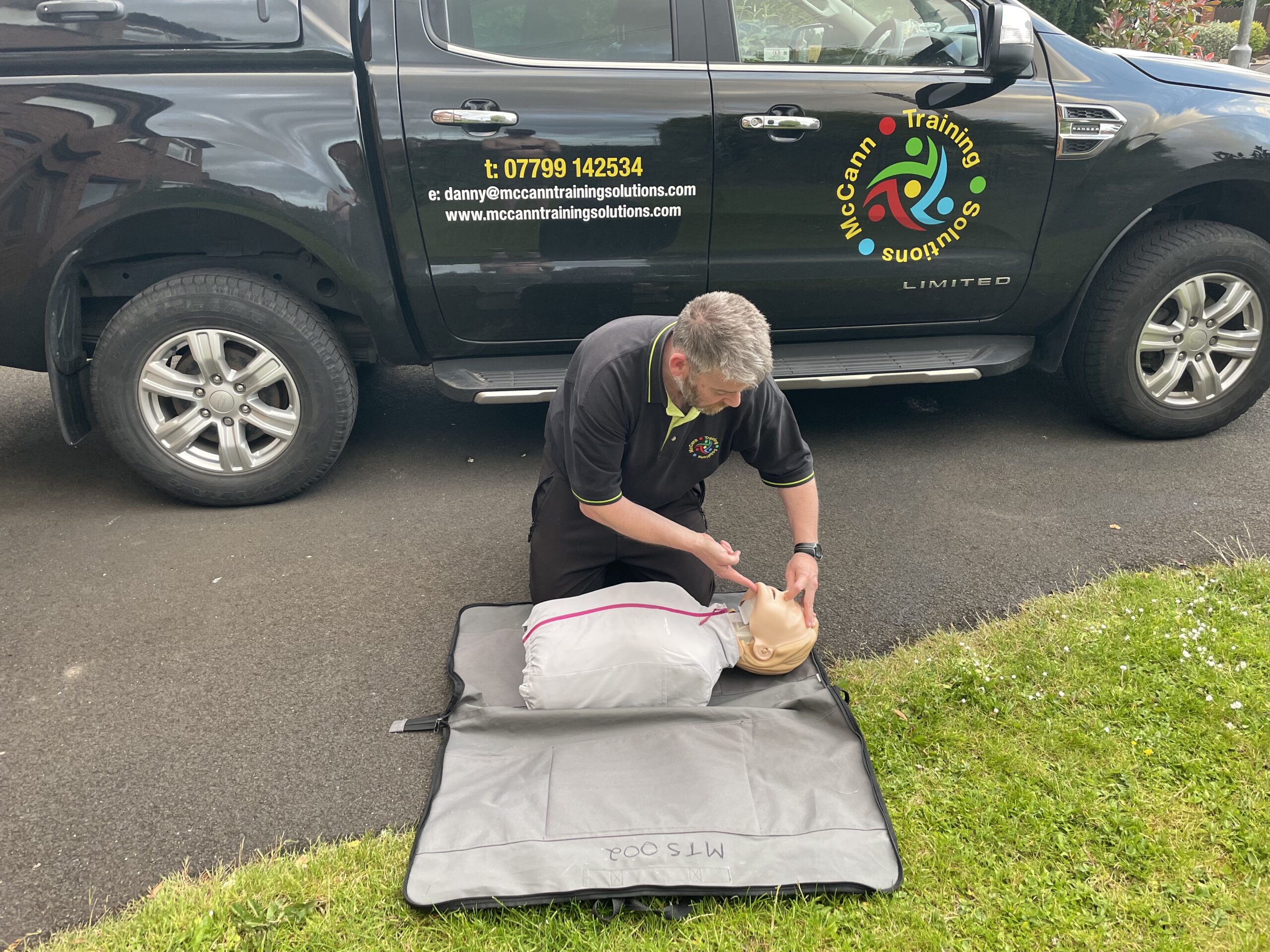
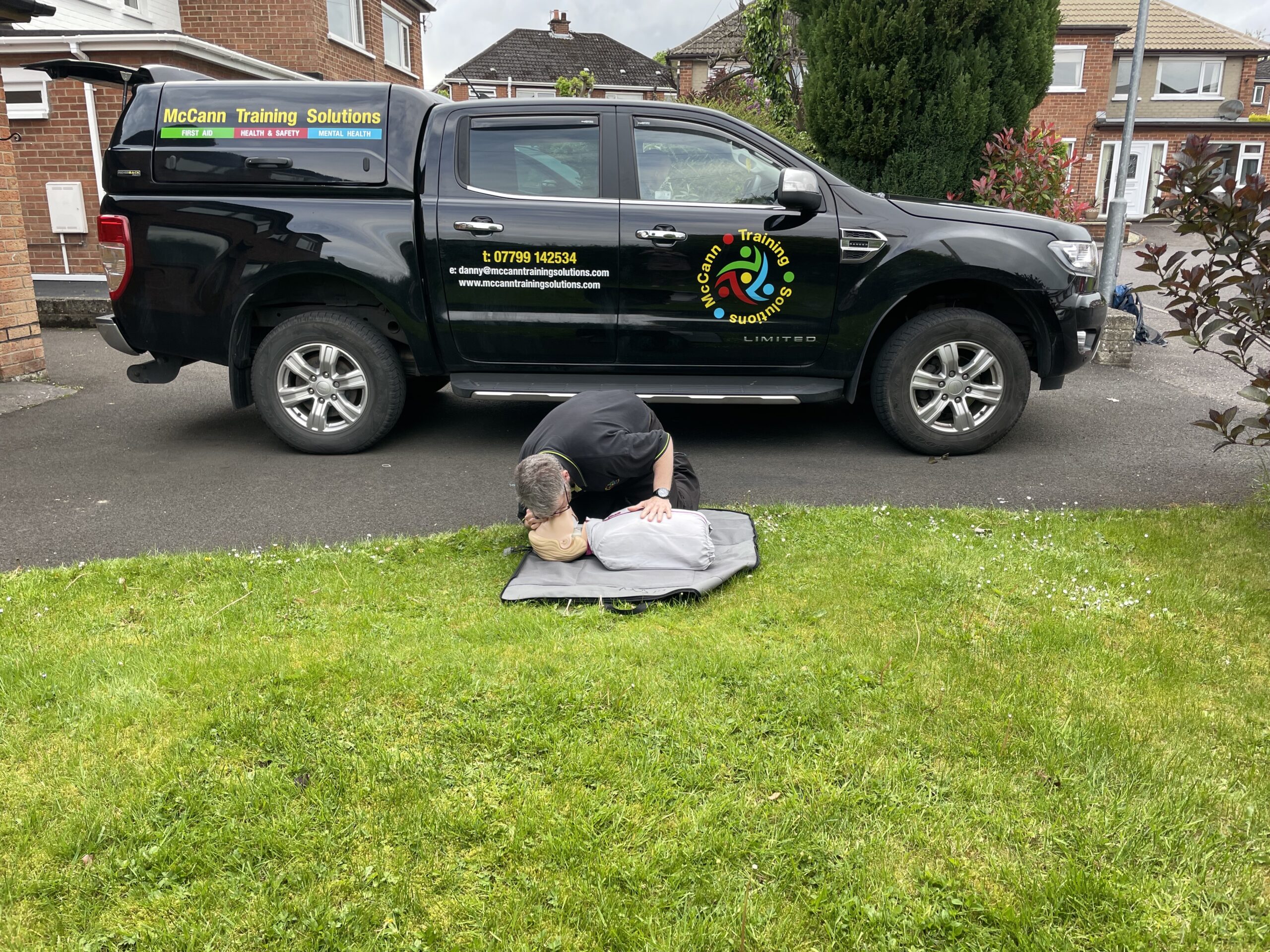
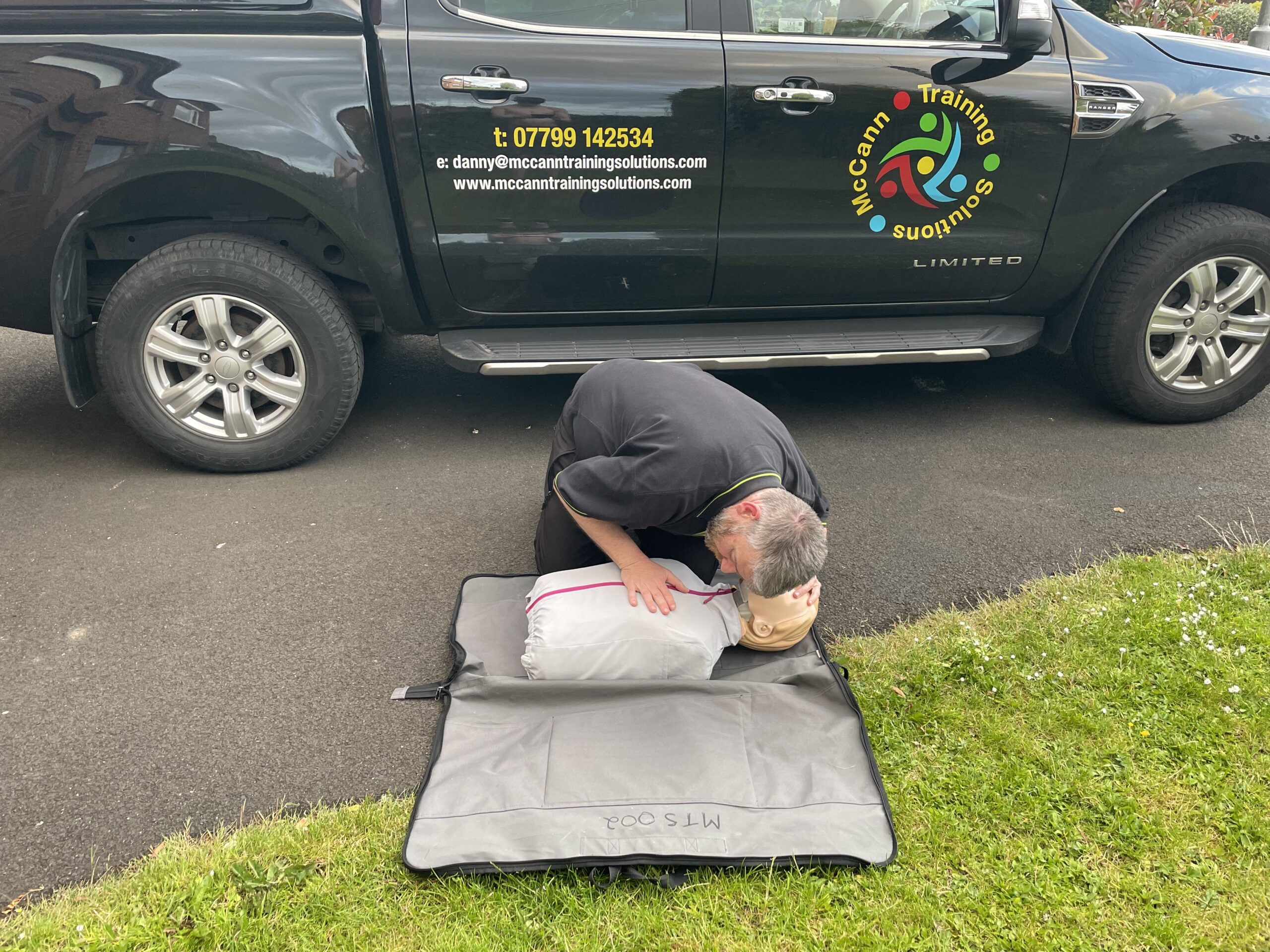
Resuscitation
The resuscitation cycle is the combination of the two techniques, when combined together the results are more effective. In adult patients it is more likely that cardiac arrest commences primarily, respiratory arrest then follows. The compressions start first followed by 2 rescue breaths. This changes however when dealing with a drowning incident, the process is one of reverse engineering. 5 rescue breaths are administered first to pressurise the lungs, the cycle of 30 compressions and 2 breaths is then delivered. The process of CPR continues until signs of life, you become exhausted and can no longer continue or the Ambulance Service tell you to stop. These are the two different versions of Adult Cardio Pulmonary Resuscitation. Both of these subjects are covered on the Basic Life Support (BLS) course.




You can’t change what happens, you just change what you do about it
Danny McCann – McCann Training Solutions
